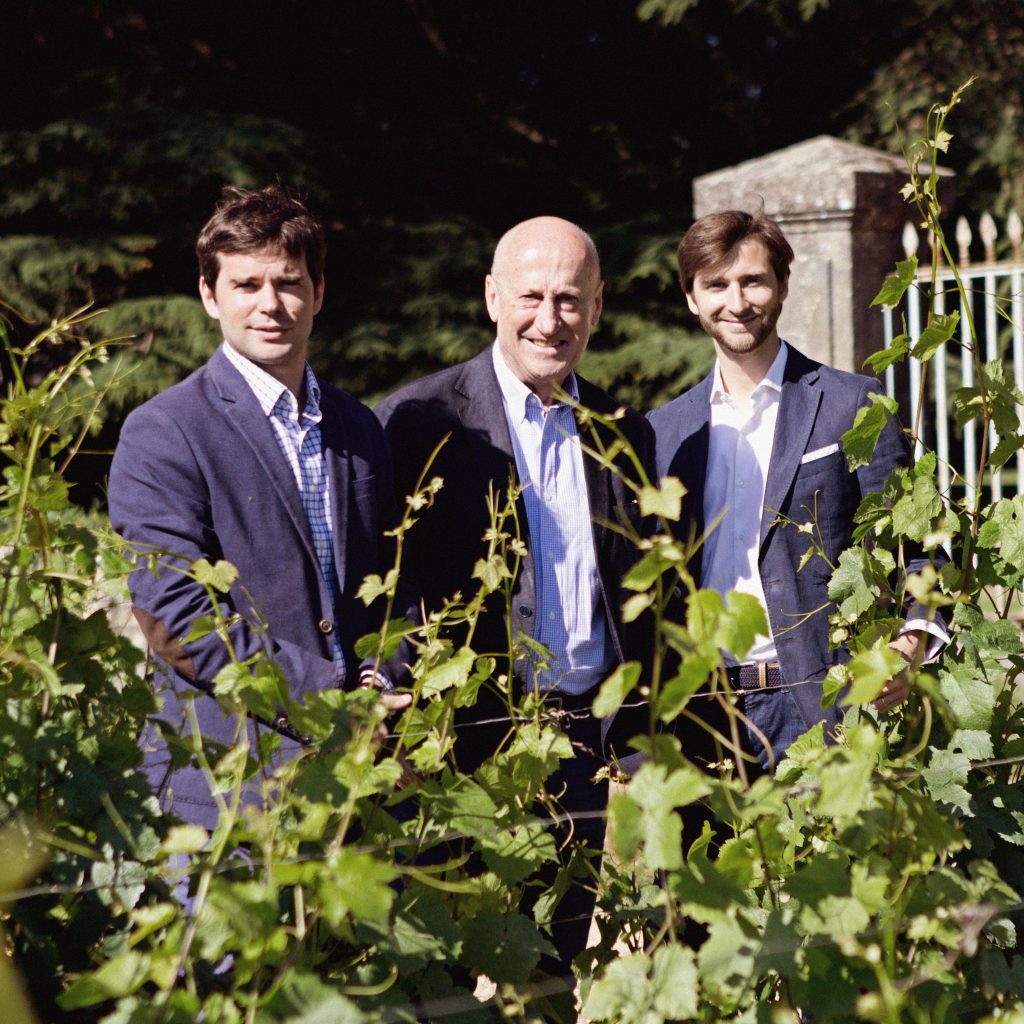Introducing Domaine Henri Rebourseau
Author: Charlie Geoghegan

A new addition to this year’s offer, Domaine Henri Rebourseau is one of the largest estates in Gevrey-Chambertin. We meet Louis de Surrel, whose family have made wine here for seven generations.
“It’s very frightening to make wine from a Grand Cru like Clos de Bèze,” admits Louis de Surrel, seventh generation at the helm of Domaine Henri Rebourseau in Gevrey-Chambertin. “Honestly, every time I step into the vineyard, it’s like a mise en abyme: I can’t help thinking about all the generations that have come before, and the 1,400 years of practice. That responsibility haunts me sometimes.”
Burgundy 2019
“Personally, 2019 was a very important vintage for us,” Louis explains. This was the vintage with which he and his brother Bénigne succeeded their father, Jean, at the family estate. “We have worked here since 2016, but this was the first time we were fully responsible for the results.” The growing season was favourable, breaking local for sunlight hours, peak temperatures and (low) rainfall. “It was a great vintage to start with: the wines are perfectly balanced. I think it’s a tremendous vintage that we’ll remember for decades.”
The history of Henri Rebourseau
The domaine covers 13.5 hectares in the Côte de Nuits, with exactly 5.28 hectares of that classified as Grand Cru. Theirs is one of the largest holdings in Gevrey-Chambertin, and they go back a long way here: Louis’s great-great-grandfather, Henri Rebourseau, created the winegrowers’ syndicate in Chambertin. Louis speaks fondly of his great-great-grandfather’s impact on the domaine from the 1920s to the ’40s: Henri was among the first vignerons of the era to estate-bottle his own wine rather than sell it to négociants. “It was a new idea at the time,” Louis says. “Dealing directly with customers and collectors made the estate very famous.”
Henri’s successors reverted, for a time, to selling their wines to négociants. Louis has mixed feelings about this: “we worked with some amazing wine merchants,” he says. “In fact, it was thanks to Anne-Claude Leflaive that we switched from organic to biodynamic farming.” On the other hand, those close ties with collectors were weakened somewhat by the decreased visibility of the Rebourseau name. Today, they estate-bottle everything once again, and Louis and Bénigne are on a mission to restore that link. “It’s a new chapter,” he says. “We are proud to make these wines ourselves, to bottle them once again under our label. We’re trying to renew that connection that we once had.”
The magic of terroir
The team feels duty-bound to make wines deserving of the lofty appellations from which they’ve come. “We try to have the best vinification techniques,” Louis says, “but our first and foremost priority is the vineyard.” The estate has been farmed organically since 2006, and biodynamically since 2008. “We are wine growers, not winemakers. Our purpose is to express the identity of these plots in the glass.”
Louis seems genuinely fascinated by the intricacies and wonder of Burgundian terroir. Armed with maps, charts and statistics, he’s all too happy to illustrate. “In Gevrey-Chambertin, there are 69 climats and every one of them is different,” he says. Expression of terroir is by no means limited to the Grands Crus, however: “even at village level, these wines have their own identities. In front of the domaine, we have two plots: Aux Corvees and La Brunelle. They almost touch each other, separated by a three-metre path; they are totally different wines. That, for me, is the magic of terroir.”
Domaine Henri Rebourseau’s wines are a part of our Burgundy 2019 En Primeur offer, which is now live.


